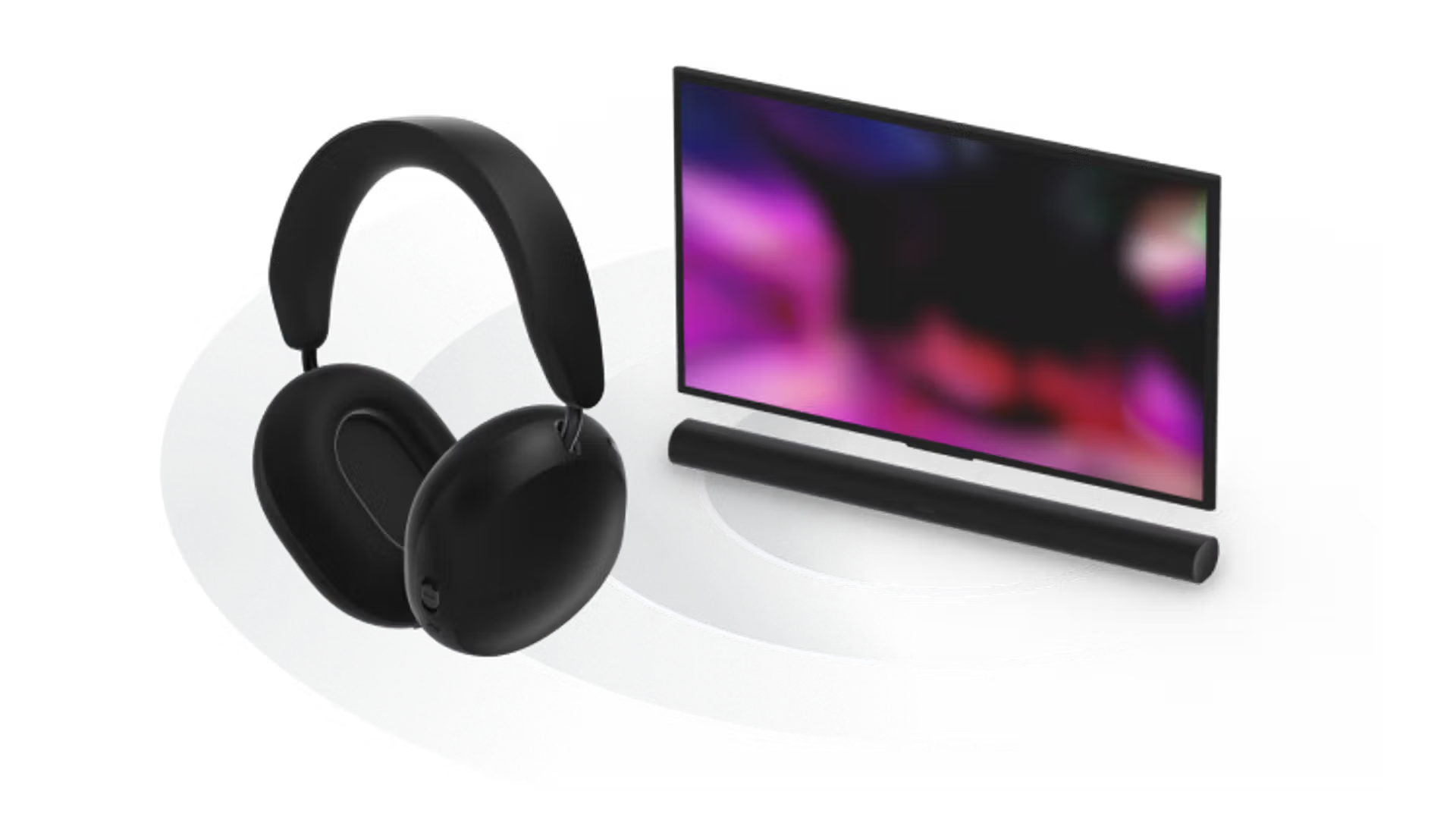Your shopping cart is currently empty
When used with a compatible Sonos home theater speaker, you can listen to your home theater audio through Sonos Ace using the TV Audio Swap feature. This article goes over how to set up and use TV Audio Swap, the feature’s requirements, and the different settings you can adjust.
The Sonos app for iOS is required to set up TV Audio Swap. Support for Android devices is coming soon.
You can use TV Audio Swap with the following home theater speakers:
Support is coming soon for the following home theater speakers:

To set up TV Audio Swap, Sonos Ace must already be set up in the Sonos app and connected to your iOS device.
In order to swap home theater audio from your TV to your headphones, make sure your TV is on and that TV audio is already playing from your home theater speaker.
While Sonos Ace is playing TV audio from your home theater speaker, you can adjust settings in the Sonos app related to spatial audio and head tracking.
Go to the Settings menu and select your Sonos Ace in the Headphones section. In the Home Theater section, you can adjust the settings listed below.When spatial audio is enabled, your home theater speaker will create a spatial audio mix to send to your Sonos Ace. This provides a full surround sound experience when watching content that has surround sound or Atmos audio. When playing stereo sound, you’ll hear a virtualized spatial audio mix.
Dynamic Head Tracking adjusts the direction of your spatial audio when you move your head, creating the effect that your home theater audio is coming from a specific direction in the room.
When you enable Dynamic Head Tracking, the audio’s center point is assigned in front of where you’re facing. You can reset this by disabling the Dynamic Head Tracking setting, facing where you want your audio’s center point to be, then re-enabling Dynamic Head Tracking.